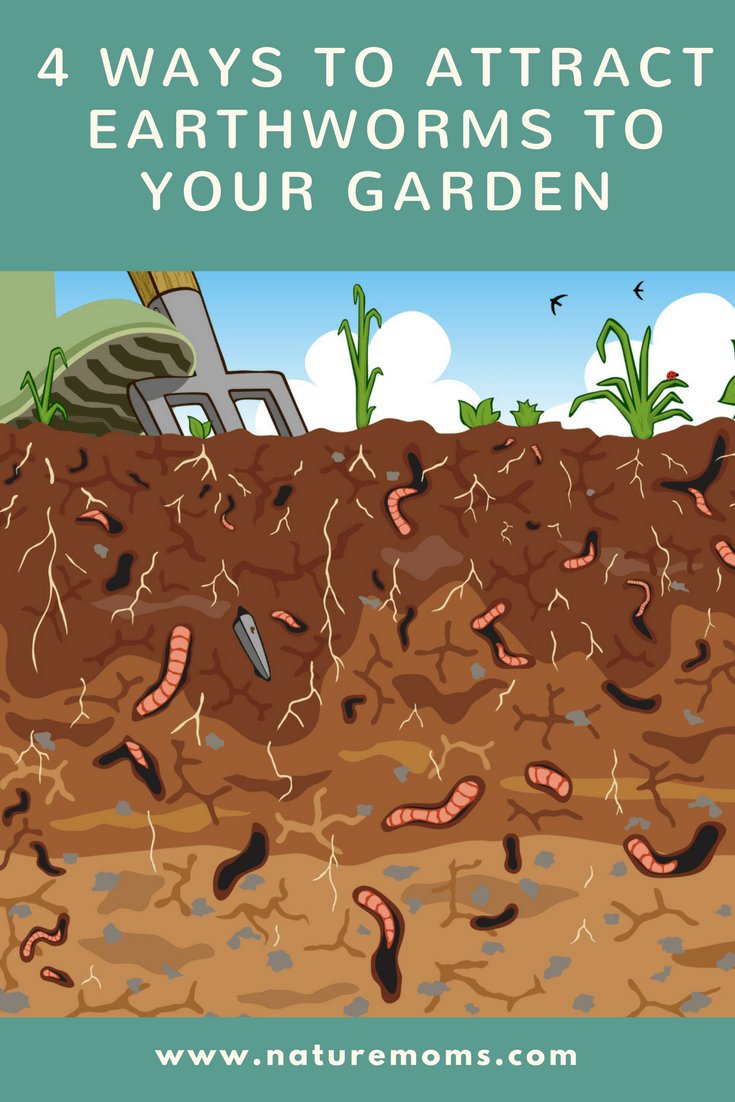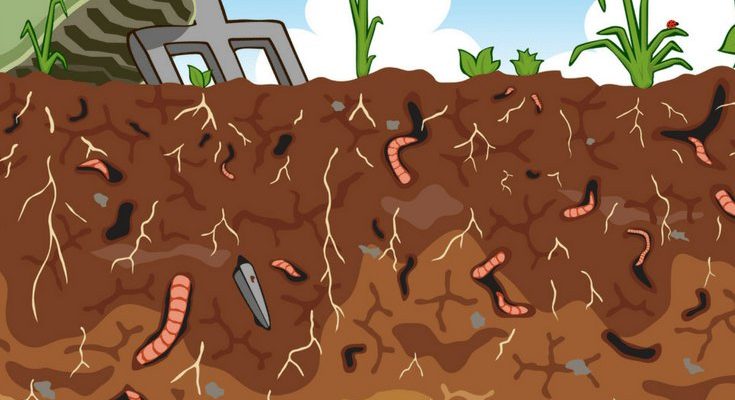
So, how do you get these tireless little workers cozy in your compost heap? Think of it like inviting guests to a party—you need to set the right atmosphere and provide some appealing snacks. Earthworms love a nice, damp, organic environment where they can thrive. Honestly, getting them to join the compost party is easier than you might think! Let’s dive into the tasty treats and comfy conditions that will have earthworms wriggling their way into your compost bin.
Understanding Earthworm Preferences
Before you can attract earthworms, it’s essential to know what they like. Earthworms are usually drawn to decomposing organic matter. They thrive in dark, moist environments packed with nutrients. The key here is to create a welcoming compost bin where they feel like they can set up shop. You might be wondering, “How do I do that?” Let me explain a few basics.
First, keep your compost bin dark. Earthworms are light-sensitive, preferring to stay underground or in the cool, damp layers of your compost. If your bin is exposed to too much light, they might decide it’s time to leave for greener pastures. You can also consider using a **compost bin with a lid** to provide shelter from the sun.
Next, consider temperature. Earthworms thrive in temperatures between **50°F and 85°F** (10°C and 30°C). If you’ve placed your compost bin in the direct sunlight, it could get too hot for them. A shaded area is usually best, ensuring a comfortable environment for your earthworm friends.
Choosing the Right Compost Bin
The type of compost bin you choose can also play a role in attracting earthworms. There are a variety of styles, from traditional bins to worm composting systems known as vermicomposters. A vermicomposter is an excellent option for anyone serious about attracting tons of earthworms.
These bins are specifically designed to create an ideal habitat for worms. They often come with multiple layers, allowing you to add kitchen scraps while letting worms work their magic below. The moisture retention and airflow in a worm bin are typically better than in traditional compost bins, making it a popular choice.
If you prefer a more classic approach, make sure your bin is well-aerated and has enough moisture. You can create drainage holes at the bottom to prevent water from pooling, which can drown the worms. Remember that having good airflow and drainage is crucial for the worms to thrive!
Setting the Right Conditions
Once you have your compost bin set up, it’s time to create the right conditions. Earthworms love a balanced diet of greens (like vegetable scraps) and browns (like dry leaves or shredded cardboard). Aim for about two-thirds browns to one-third greens.
Here’s why this balance matters: greens provide nitrogen, while browns add carbon. When combined properly, these materials break down efficiently, creating a warm, nourishing environment for earthworms. If your compost bin is too wet or overly dry, it can hinder the worms’ ability to thrive.
To ensure your bin remains at the right moisture level, it should feel like a damp sponge—moist but not soaking wet. If it feels too dry, sprinkle a little water; if it’s too wet, add more dry materials.
Adding Food That Earthworms Love
Attracting earthworms also involves providing food they can’t resist. They love **kitchen scraps** like fruit and vegetable peels, coffee grounds, and crushed eggshells. But some things can turn them off, so steer clear of adding any citrus peels, onions, or meat scraps.
If you want to create a tasty treat for your wiggly pals, you can sprinkle a handful of **rock dust** or **garden soil** into your compost bin. This adds minerals and gives the worms a little something extra to munch on.
Another tip is to chop kitchen scraps into small pieces before tossing them into the bin. Smaller bits break down faster and are easier for earthworms to consume. Remember, it’s all about making their dining experience enjoyable.
Maintaining a Worm-Friendly Environment
Maintaining a worm-friendly environment in your compost bin is essential. One of the best practices is to turn your compost regularly. This keeps the materials from compacting and allows for even decomposition.
When you turn the compost, you’re aerating it, which is crucial for earthworms. They need oxygen to thrive, just like we do! If you notice a foul smell or the compost is soggy, it may signal that it’s time for a good mix-in.
Another way to keep your compost bin attractive to worms is to let organic materials break down naturally. Create a **layered approach** by adding browns and greens alternately. This method not only promotes decomposition but also helps maintain moisture levels.
Being Patient and Observing
After making your compost bin a welcoming home for earthworms, it’s important to exercise some patience. Keep an eye on your compost bin and look for signs that earthworms are moving in. You might start noticing castings, the nutrient-rich droppings left behind by earthworms, or see them wriggling around when you turn the compost.
Don’t get discouraged if it takes a bit of time. Earthworms don’t rush in overnight, and it can take several weeks for them to establish a colony in your compost. Keep maintaining a good balance of moisture and materials, and before you know it, they’ll be working hard to create that black gold for you.
Summary: Why Earthworms Matter
Bringing earthworms into your compost bin not only accelerates the decomposition process but also enriches your soil with valuable nutrients. They are nature’s recyclers, tirelessly working behind the scenes. By following these tips—understanding their preferences, creating the right conditions, and maintaining a worm-friendly environment—you’ll soon have a thriving compost bin full of happy earthworms.
Remember, every little action you take to provide the right habitat will pay off in the long run. You’re not just composting; you’re creating a healthy, sustainable environment that can benefit your garden and the planet. Happy composting!

